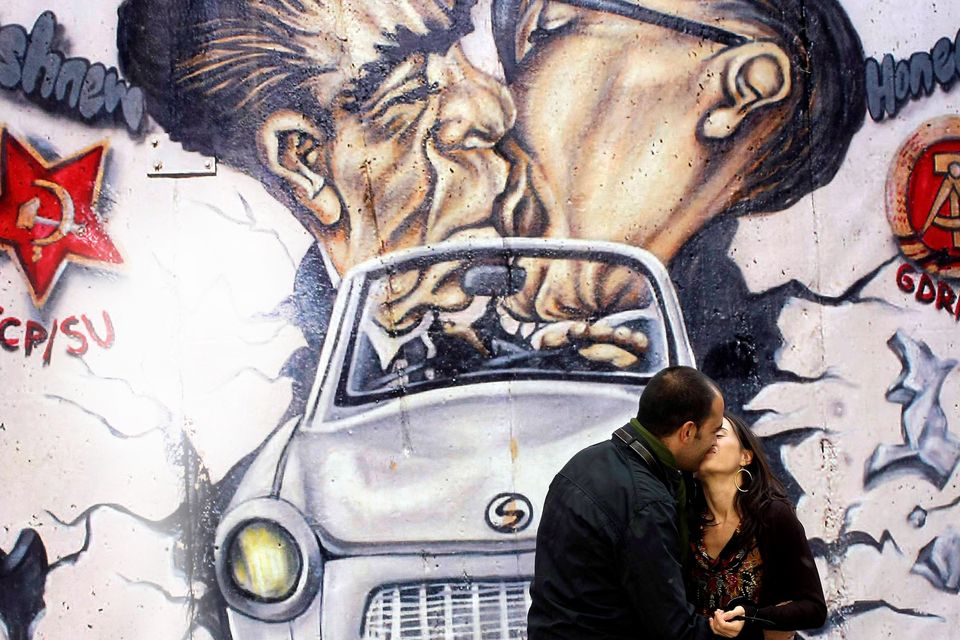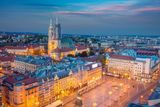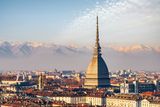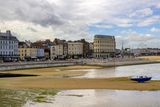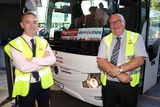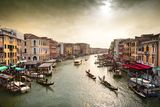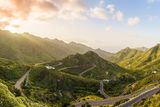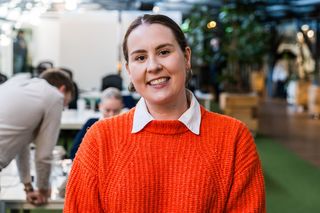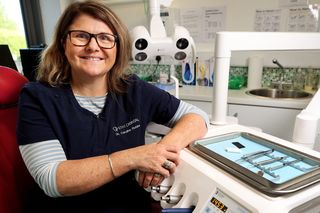Ich bin ein Berliner...the Irish in a city reborn
A quarter of a century after the fall of the Wall - an event that transformed Europe - Kim Bielenberg cycles along the old boundary, and finds out how the Irish have left an imprint on the reinvented capital

It was a moment in history that heralded a new era of freedom and prosperity for an oppressed people.
Twenty-five years ago, on November 10, Berliners from East and West jumped up on the wall that divided their city near the Brandenburg Gate, and danced and sang together.
Just months previously, in February, Chris Gueffroy became the last person to die trying to cross from the communist east to the west. Only aged 20, he was gunned down by border guards as he ran through the "death strip", having climbed over one wall and a fence.
But when the guards stood there impassively months later in November, not reacting as young people surged through the wall, it was all over - not only for the East German dictators and their hated Stasi secret police, but for the entire communist system of the eastern bloc.
When I passed the Brandenburg Gate this week on a cycle trip tracing the line of the wall, traffic was streaming around it, oblivious to the barrier, the symbol of oppression that had been there a quarter of a century before. The once-rundown area is now a shopping district with designer stores and luxury hotels.
On the other side of the gate is the restored Reichstag, where the former physicist from East Germany, Angela Merkel, rules over her people and, as some would have it, the rest of Europe.
On Potsdamer Platz, for decades a wire-strewn no man's land between east and west, there are now glass skyscrapers.
On my cycle tour along the line of the old Wall, my guide George Wanjala points out the spot along the Spree canal where an agile 13-year-old made his bid for freedom. The boundary ran along the river, and guards opened fire as he came up for air but couldn't hit him and he got away.
When the Wall finally tumbled, it reshaped not only Berlin, but the entire continent. It led to biggest flood of new arrivals to Ireland since Independence. Just look at the Polish shops in every big Irish town, and the immigrants from the Baltics and Romania.
And the Irish have left their imprint on Berlin as well.
Irish developers, building workers, bar owners, artists and bohemians of all sorts were among those who moved into the Eastern part of the city and helped to transform it.
The property next to the most famous crossing point, Checkpoint Charlie, is controlled by Irish investors Michael and Cathal Cannon.
Terry McGee, manager of the Oscar Wilde pub, remembers how ramshackle the streets in the area were when the East's first Irish pub first opened on Friedrichstrasse soon after the Wall came down.
"The buildings were desolate and run down, but there was a huge buzz as East Germans came to see what an Irish pub was like.
"Then we had the Irish building workers who came to work on sites in the city. The pub was like an employment centre for them. They came in for a drink and walked out with a job."
The bar manager saw the transformation in the city before and after the wall came down.
"The Western half of Berlin suffered because people wanted to live in the East. Yuppies moved into some of the old areas."
The Irish building workers are long gone, lured home in the Celtic Tiger era. Nowadays, says Terry, the Irish regulars are more likely to work in computers and gaming
Some Irish developers such as Adrian O'Sullivan have put down roots in Berlin, changing the skyline of a city that, in places, still looks like a vast building site.
He is the mastermind behind a 21-storey office block near Berlin's most visible landmark, the television tower on Alexanderplatz. His building houses the Mercedes Benz bank.
Adrian and his Irish-based partner John Hickie are building 100 apartments around the city, a commercial park near Berlin's new airport, and a golf course that they hope will host the Ryder Cup in 2022.
Adrian started out selling cottages to Germans in West Cork. Now he is buying up chunks of Germany, and has something of the gung-ho spirit of Irish builders in the Celtic Tiger era.
He is now well settled in the city with his wife Kerstin and they have four children.
"When Germany plays Ireland in football, they wear Irish jerseys during one half and German jerseys during the other - but I think the green jersey took over when Ireland drew recently."
Many Irish investors who bought property in Berlin came at the height of the boom back in Ireland.
"German people though the Irish were mad when they bought property here for a quarter of the price of what it was in Ireland,'' says Adrian O'Sullivan.
"Since then the boom has gone onwards and upwards here. We didn't have the huge surge in prices that there was in Ireland, but it has been an increase of about 50pc."
Adrian is optimistic about the future of Berlin and Germany, and does not believe there could be a similar slump to that in Ireland - "German people are great savers and they are prudent with their money."
After winning the World Cup and having continued to thrive through the period of our recession, Germans could be forgiven for displaying a certain smugness. After the soccer victory, Newsweek even carried the cover headline: "Welcome to the German century".
But just as Berliners prepare to celebrate the anniversary of the fall of the wall, the mood has darkened somewhat.
In his book The Germany Bubble, the Berlin-based economic commentator Olaf Gersemann describes the recent boom as the "last hurrah" of a nation that faces almost certain decline after six successive generations of rising living standards,
He told Weekend Review: "Germany considers itself the model for the world, but pride comes before the fall."
The author warns that the country's success has gone to its head.
He believes the recent period of apparent success masks a crumbling infrastructure and an ageing population that will soon turn into a demographic time-bomb.
Germany's post-war baby boom generation, born from 1950 onwards, is retiring very soon, and the country will be desperately short of productive workers to replace and support them.
Olaf and other prophets of Teutonic doom point to potholed roads and thousands of bridges in desperate need of replacement as evidence of an economy that is not all it is cracked up to be.
Adrian O'Sullivan is not so gloomy about the prospects. However, having worked in Germany for many years, he agrees that the cliche that everything runs smoothly in Germany, and nothing works in Ireland, is somewhat wide of the mark.
He cites Berlin's planned new international airport as evidence that not everything in Germany runs like clockwork. It has been billed as the most modern airport in the world, but may eventually open as late as 2018 - eight years behind schedule.
Adrian said: "If a piece of infrastructure turned into such a disaster in Ireland there would be uproar, and nobody would have survived."
When I visited Berlin this week, both the airline Lufthansa and the train service were hit by strikes.
But you only have to walk out on to the street and sense the history of this city to get a sense of historical perspective.
Across the road from Adrian's headquarters in Schoneberg, the district where David Bowie used to hang out, I walked into a bookshop.
The lady told me Albert Einstein used to come in to buy books there in the early part of 20th century.
But then she showed me pictures of what happened to these streets during the Second World War - after bombings and battles, the area was obliterated, buildings turned into smouldering wrecks.
After the evils of Nazism, Berlin faced Stalin's wrath as the Russians moved into the city. And then the city was divided by the Wall, with mothers on one street living on the other side of the barrier, separated from their daughters on the street around the corner.
In truth, any downturn in Germany's fortunes would seem like a minor blip after all Berlin has been through over the last century.
As I cycle with guide George Wanjala along the boundary of the old Wall, he tells me: "Older people in Berlin grew up with division. There's still an Eastern mindset - a suspicion of strangers that may come from the time of the Stasi."
"But anyone over the age of 25 has grown up free, and they must be happier for that."
Join the Irish Independent WhatsApp channel
Stay up to date with all the latest news
